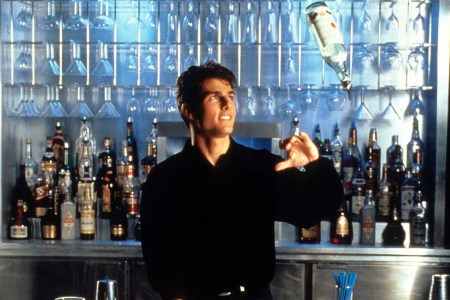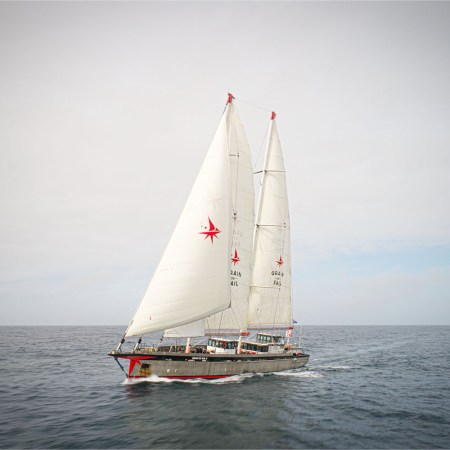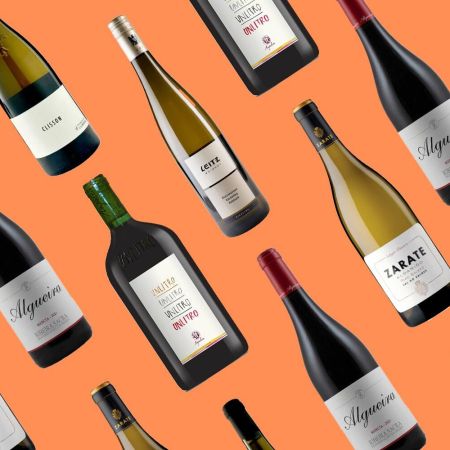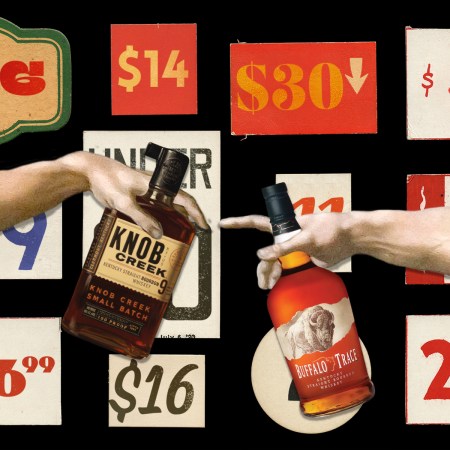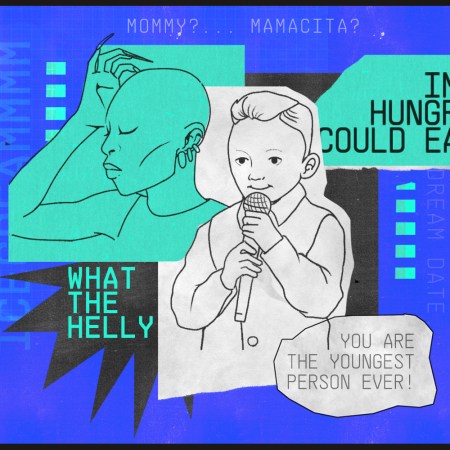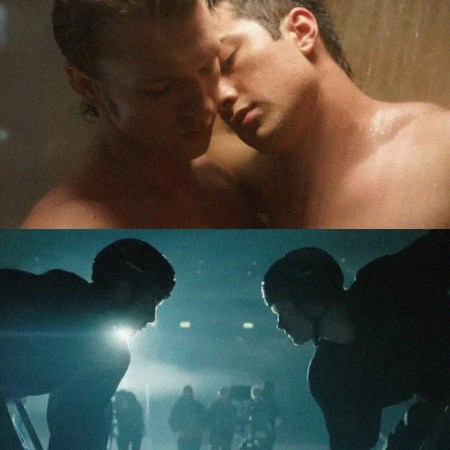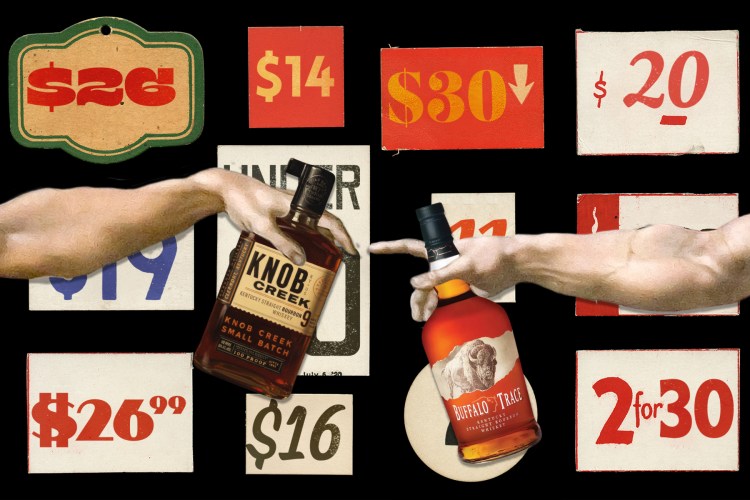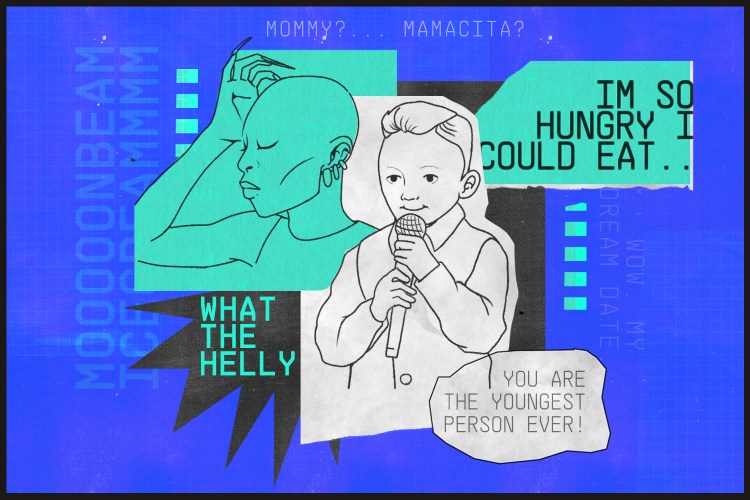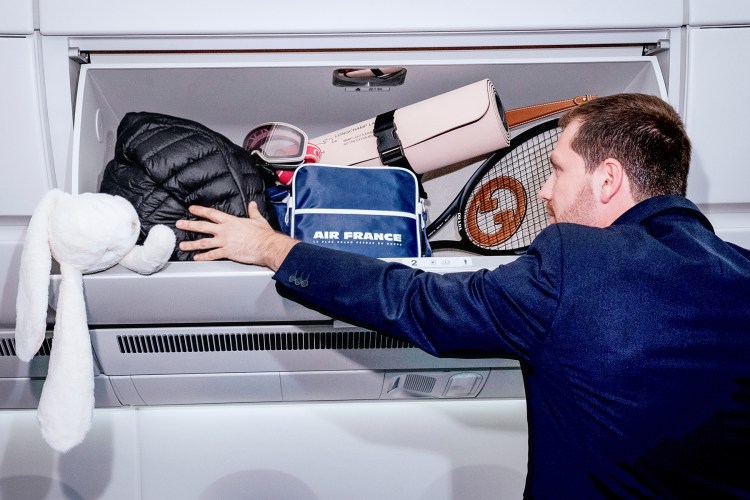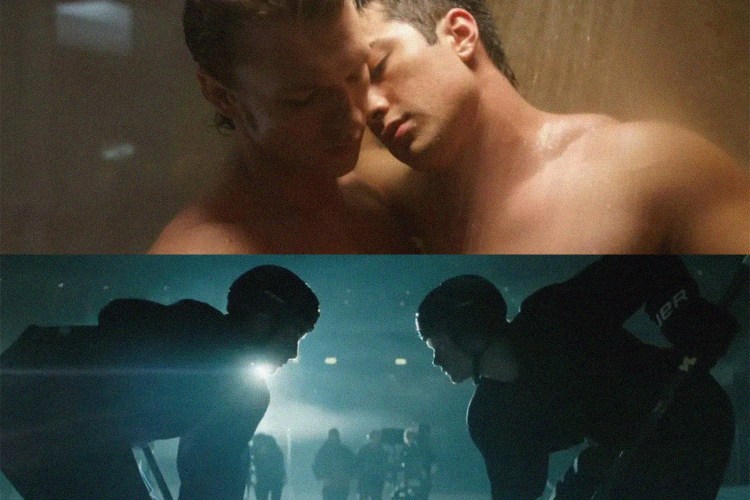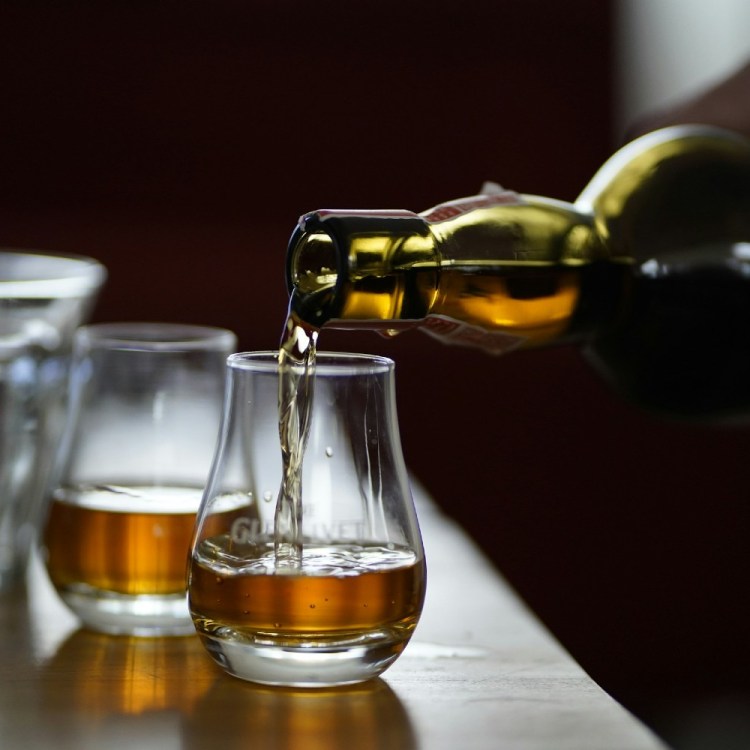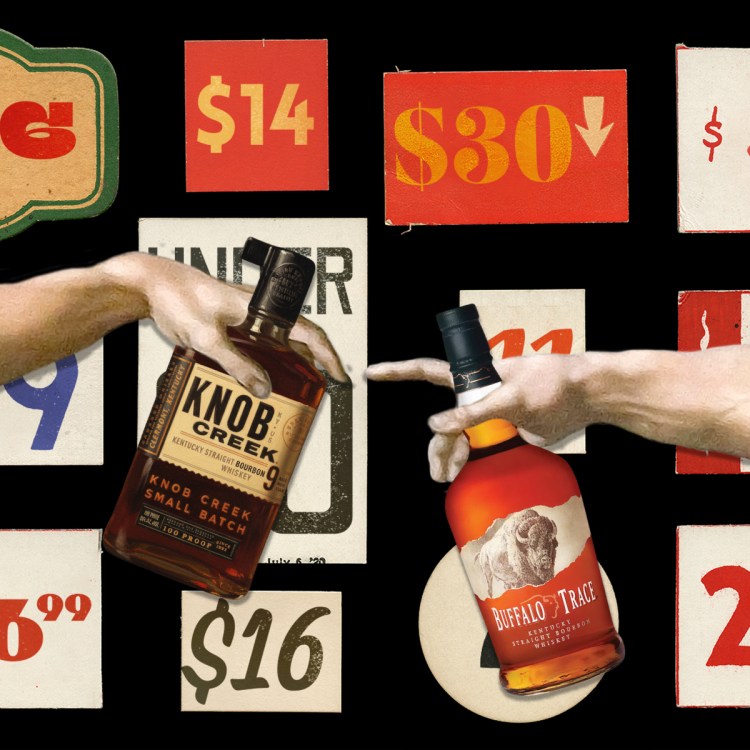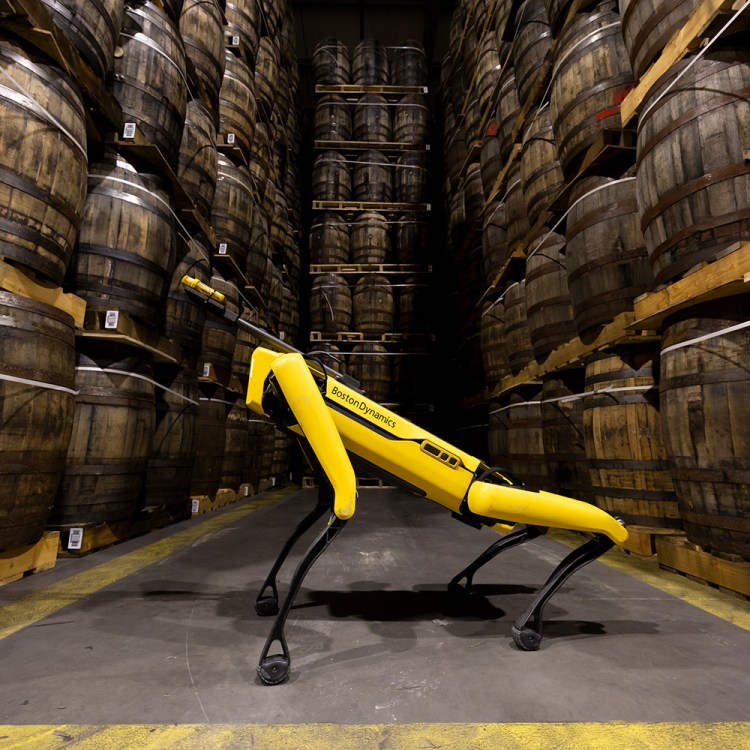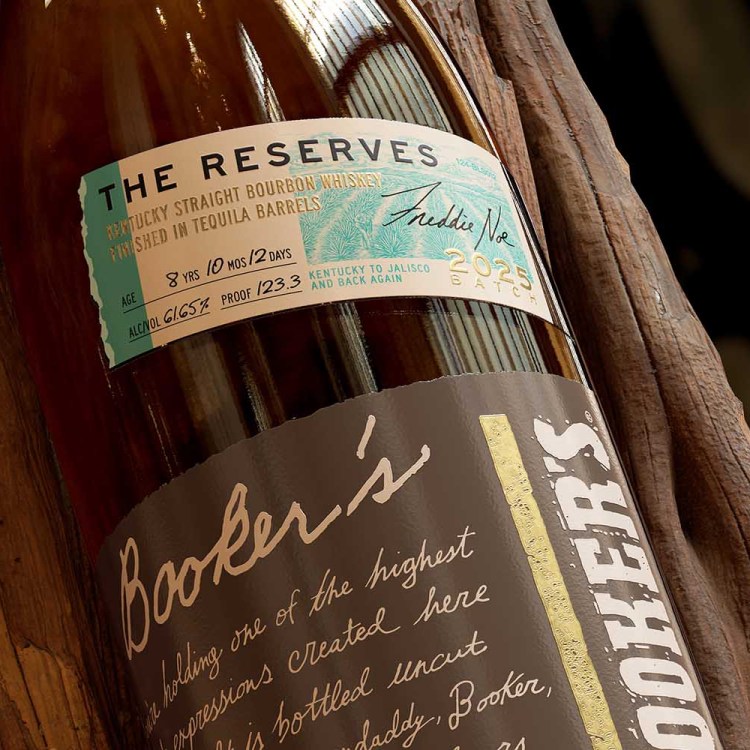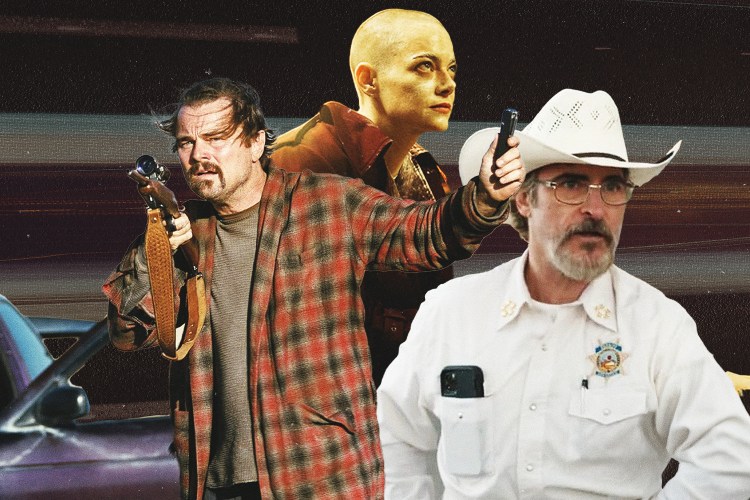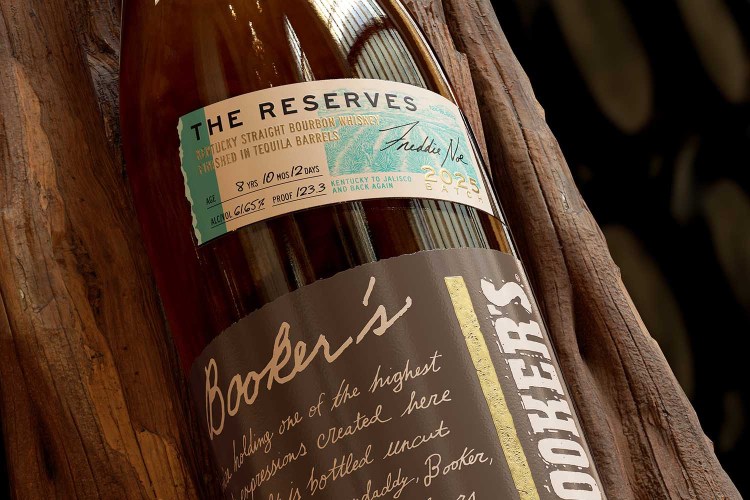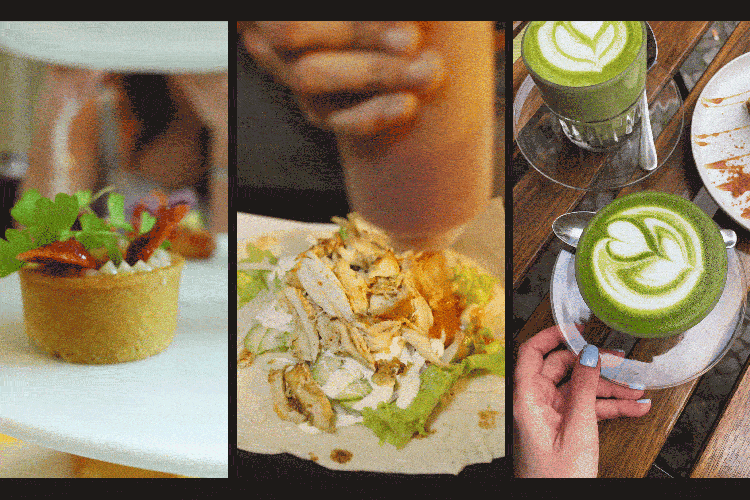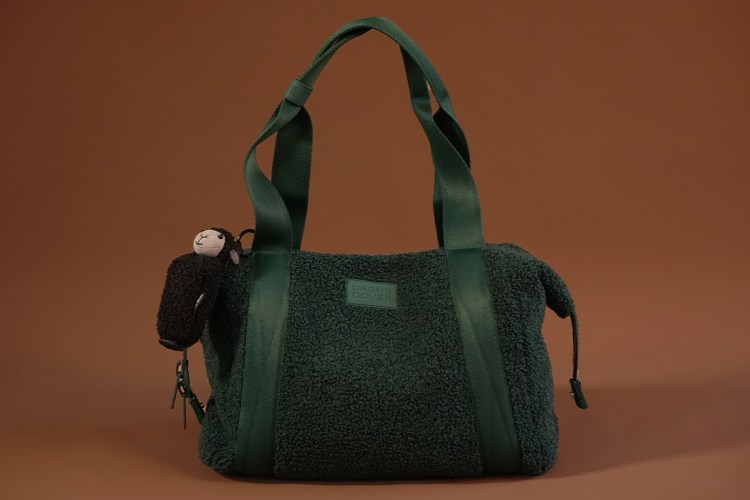Sideways is to Santa Barbara and pinot noir what Kylie Jenner is to lips and lip kits. Sure, Santa Barbara and pinot noir would have risen in estimation and perhaps even become a phenomenon without the Oscar-winning film that turns 20 this year, but would the region and the grape have turned into multi-billion-dollar juggernauts practically overnight?
“There is no question that the movie changed the fortunes of the Santa Ynez Valley and pinot noir more broadly,” says Rex Pickett, the novelist and filmmaker best known for his novel Sideways, adapted into the hit 2004 film of the same name. “Before the release of the movie, pinot noir was 1% of the red wine market, and now it’s at least 10% to 13%. Merlot was 25%, and now it’s basically a blending variety. And the towns themselves, especially Solvang, which was just kitschy garbage in the ‘90s, now have dozens of tasting rooms and Michelin-starred restaurants.”
There’s even a boutique hotel right outside of Solvang renamed The Sideways Inn in honor of the film and the hotel’s place in it. “There are some who delude themselves into believing it was going to happen anyway, sooner or later,” Pickett adds. “Poppycock.”

While disputing the present state of Santa Barbara wine country minus the Sideways effect is a fool’s errand, one thing is indisputable: not every winery was excited about Sideways circa 2004 when the film — directed by Alexander Payne and starring Paul Giamatti (Miles), Thomas Haden Church (Jack), Sandra Oh (Stephanie) and Virginia Madsen (Maya) — muscled into wine country.
“When they were scouting for the movie, there was a huge buzz among the winemaking community, but there was also a lot of scuttlebutt and concern about the message they were sending,” says Fess Parker Winery and Vineyard president Tim Snider, who was sitting on the board of directors of the Santa Barbara Vintners Foundation at the time. “They reached out to us about using Fess Parker for a scene, and when they sent us the snippet of the script that showed what they wanted to film here, we understood why they assured us they’d protect us by not including the Fess Parker name.”
The scene in question included a complete remake of the winery’s classically-appointed tasting room, with a faux fountain, cheesy grape leaves and the infamous shot of Miles pouring the dump bucket into his mouth after failing to procure a full pour.
“But when Fess himself, who had a serious Hollywood career and understood the power of movies, told us he thought we should go for it, we decided to,” Snider says. “And then when it won first the Golden and then the Oscar, which was totally unexpected, we knew the region was going to blow up. It gave a huge shot in the arm to Santa Barbara wine country in terms of awareness, and people who’d never venture to wine country started coming here and discovering us specifically and wine more generally.”
Indeed, Pickett recalls that just days after the Oscar ceremony — when Sideways was nominated for Best Picture, Best Director, Best Supporting Actor, Best Supporting Actress and won Best Adapted Screenplay — the previously deserted tasting room at Sanford Winery & Vineyards, which was featured prominently in the film, suddenly had 40 to 50 people vying for a sample of pinot.
“And the Hitching Post is still four people deep at the bar, whereas it used to be just me and the bartender,” Pickett says of the restaurant, which is where Miles and Jack had their fateful meetup with Maya and Stephanie.

The Sideways Effect in Numbers
But Pickett is also quick to point out that Miles’s line that many see as merlot’s coffin banger (“If anyone orders merlot, I’m leaving. I am not drinking any fucking merlot!”) was something he plucked from the zeitgeist.
“I wrote that line because it felt true to the time,” Pickett says. “Merlot was synonymous with philistinism in wine circles and was ripe for a correction. Still, there’s no way pinot or Santa Barbara would have taken off the way it did. Or that Sea Smoke [featured in Sideways] would have been sold to Constellation for millions.” (Reportedly $170 million.)
Anecdotal observations aside, the sheer numbers support Pickett and Snider’s perspective. In 2001, there were 60 wineries in Santa Barbara County. Today there are more than 300 growing 75+ grapes across seven American Viticultural Areas (AVA). The economic value of the 11,168 acres of wine grapes harvested in Santa Barbara last year was $98,562,000. In 2003, there was more acreage (16,667) but less money ($65,848,251), which means the price per ton in 2023 was $2,292, and in 2003 it was $1,371, an increase in value of more than 67%.

In 2002, there were 1,154 acres of merlot, and today there are 152, according to Santa Barbara Vintners. And while the rise in pinot’s profile across the country is undeniable — pinot noir plantings have doubled in California alone between 2004 and 2023, according to the USDA — it is slightly more nuanced in Santa Barbara. There were 2,774 acres of pinot noir in 2002 and 2,913 in 2023, down from the high of 5,751 in 2017.
The changing fate of pinot noir in Santa Barbara, to Matt Dees, winemaker at The Hilt, Jonata and The Paring in the Sta. Rita Hills, exemplifies the complex ongoing relationship between this movie, the region and the grape itself. “Sideways changed the world, and it changed our region, but it maybe pushed us to become a little too pinot-heavy for a time,” he says. “After the movie, plantings of pinot went way up, but many of those vineyards were and actually are more suitable for other grapes, especially chardonnay.”
Dees notes that 2011 brought “shocking revelation” for winemakers in terms of chardonnay’s potential in pockets of Santa Barbara like the Sta. Rita Hills. “Pinot is so winemaker-driven, but chardonnay is driven by the terroir,” he says. “And the chardonnay we grow here is so pure, it’s unlike anything being made anywhere else.”
The Best Booze Movies Ever
Where to stream these intoxicating films (and what to drink while watching)Initially, the Influx Was Local
Following the film’s Oscar win, visitorship skyrocketed. Initially, it was driven by locals and, perhaps more importantly, it opened younger minds and palates to the culture of wine.
“I personally watched Sideways multiple times because it was a great story but also because it was an eye-opener about wine in general,” says Jessica Gasca, who moved to the region in 2009 and is now a winemaker at Strange Family Vineyards, founder and winemaker at Story of Soil and president of the Santa Barbara Vintners Foundation. “It was easy to learn about wine through these characters, and it made wine, in general, feel more accessible and fun. Which is exactly what it should be.”
Cameron Parker, general manager and assistant winemaker at Dovecote Estate Winery in Alisos Canyon, agrees that the movie’s greatest legacy may be connecting us to wine emotionally.
“It made everyone initially want to come here and have their own adventure,” Parker says. “And now, we’re right on the cusp of garnering more recognition from wine critics, and we still get a lot of visitors, especially from the LA and Orange County region.”
Only the Tourism Effect Remains
The Sideways effect lingers, but many argue that you no longer taste it in the wines themselves. AJ Fairbanks, estate director at Crown Point Vineyards in Santa Ynez, agrees that the movie put a spotlight on the region, drawing unprecedented numbers of thirsty visitors, but says that the impact of the film on wine growing and making has now all but evaporated.
“Santa Barbara has changed a lot in 20 years,” Fairbanks says. “Happy Canyon, where we are, wasn’t even an AVA until 2009. It drove macro-consciousness to the region, but we’ve really grown up in the past decade. We have a lot more capital and experience. We’ve gone through the era of exploration, and now we are more about creating a focus and perfecting what we do.”
As Fairbanks alludes to and the range of plantings across the region demonstrate, Santa Barbara has indeed become much more than a one-trick pinot pony. The region is extraordinarily diverse, with seven AVAs defined by different microclimates that make it ideal for growing a range of classic varieties like the Burgundian pinot noir and chardonnay in the western swath of Santa Barbara that Sideways paid homage to. But Bordeaux bangers like cabernet sauvignon, Cabernet Franc and sauvignon blanc also thrive in eastern, inland sections like Happy Canyon.

And despite a slowdown in wine sales overall, Santa Barbara vintners seem to be faring (relatively) well.
“We have seen a 20% to 30% increase year-over-year in foot traffic since 2021,” Fairbanks says. “I think there’s an increasing demand for cabernet sauvignon from this region in particular. And consumer engagement with cabernet is much wider and broader than engagement with pinot noir. It has a chance to conquer larger swaths of the wine-drinking public. And with the renaissance that the entire region has had in recent years, the Auberge Resort opening and an influx of Michelin-starred restaurants, visitorship overall is on the rise.”
Adam Hopkins, wine director at gourmand stalwarts Nella Kitchen & Bar and S.Y. Kitchen, sees the evolving dining scene as a reflection of what has happened in wine in the past decade-plus and sets the stage for an exciting future ahead.
“About 10 years ago, more artisanally-minded restaurants with a focus on European techniques and locally-grown ingredients created one of the most exciting areas to explore food in the country,” Hopkins says. “You can taste Santa Barbara, but it’s through the lens of the Veneto. It’s exciting to see what’s ahead for all of us because it really feels like we’re on the cusp of something.”
Looking Forward
While doom and gloom headlines about the state of the wine industry and the vertiginous, out-of-reach cost to taste wine in other major California regions, Santa Barbara does indeed feel exciting.
“When I arrived, it was really a lot more of an old boys club,” Gasca says. “It was all chardonnay, pinot and syrah. There were a few women, like Kathy Joseph and Lane Tanner, but now we have a swarm of passionate women and people planting unusual grapes and making experimental wines.”
As president of the Santa Barbara Vintners Association, Gasca often finds herself torn between the pioneering winemakers who created an initial wave of excitement about the region and the new generation who want to do things a little differently. But increasingly, she says she’s finding that both sides are finding more to talk about.
“Everyone is intent on making wine culture here more engaging and accessible because we’ve all learned that’s what works,” Gasca says. “At Story of Soil, we don’t even bother with tasting notes. We pair wines with music, depending on the personality of the wine. So there’s everything from Hans Zimmer to ’90s R&B. At Strange, we’re keeping the tasting room open later than anyone else, and we’re creating fun and collaborative events like pilates nights and craft-making.”
Snider at Fess Parker, an O.G. that opened its doors in 1989, confesses that he spends a lot of time thinking about engagement. “We are not going to change our product, but we have to change the vehicle that we drive the message home in,” he says. “For us, maintaining interest and engaging younger people is happening through programs like WineStock Movie Night and Chef in Residence, plus our annual wine club release party, which happens over three days with around 1,800 people showing up.”
He also credits his 32-year-old daughter Greer Shull, a fifth-generation member of the team and director of marketing, with driving engagement on social media through video-heavy Instagrams and spearheading a soon-to-launch, direct-to-consumer sales by SMS program.
Sideways was the reason people first came to Santa Barbara, but it wasn’t why they kept coming back and are arriving in droves today. Pinot is still a powerful force, but as an ever-increasing number of visitors are finding, there are plenty of other grapes and styles to play with, sip and explore. Extensive tastings generally start at $45 instead of the $100+ you’ll find further north.
“I’ve had a lot of conversations about Sideways this year,” Dees says. “But I think this is the final one. It’s a generational thing. It transformed the region, but now the youngest generation of winemakers doesn’t understand the roots of it. And that’s okay. My interns this year haven’t even heard of it, which is funny because it has changed the fate of the region.”
Every Thursday, our resident experts see to it that you’re up to date on the latest from the world of drinks. Trend reports, bottle reviews, cocktail recipes and more. Sign up for THE SPILL now.


